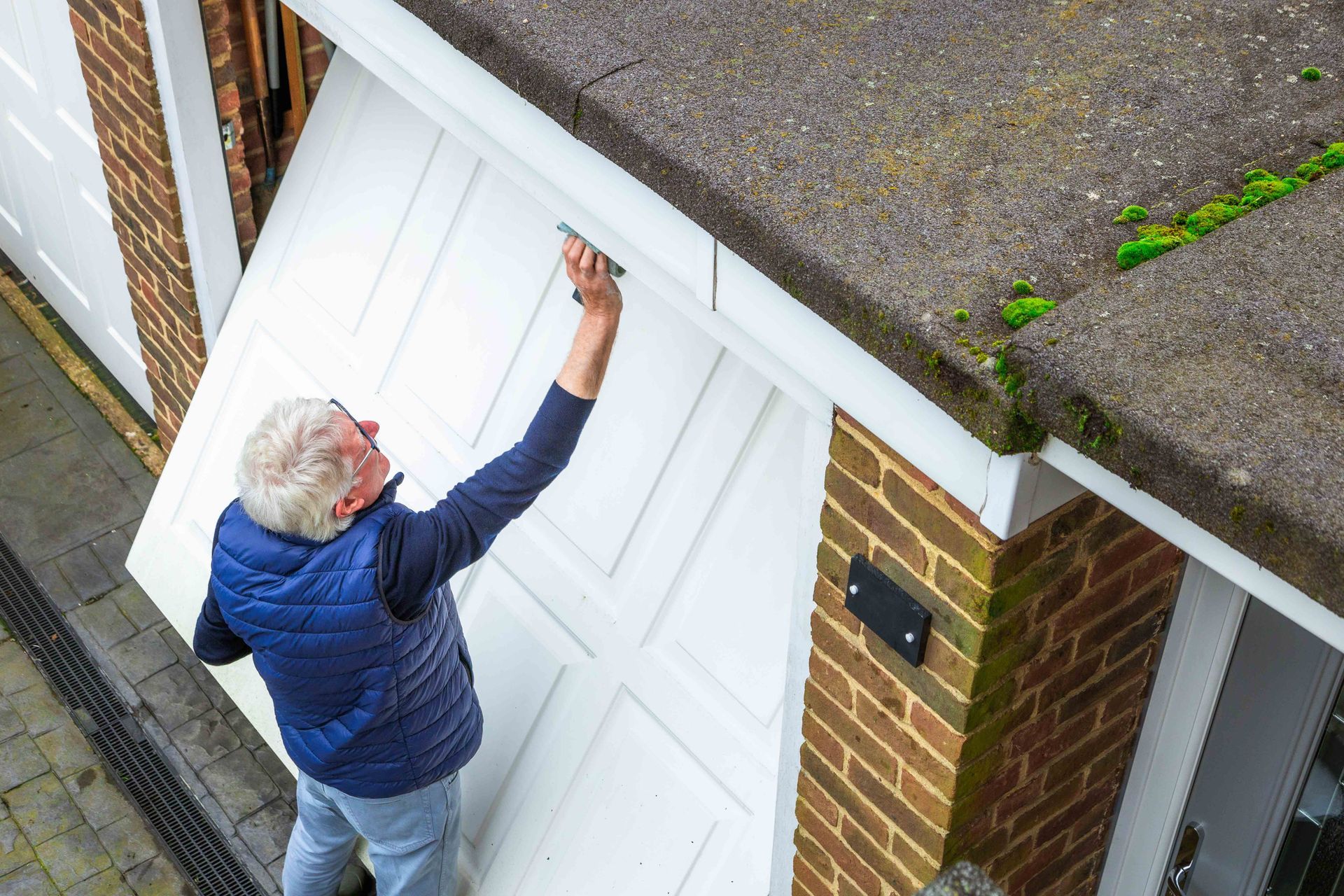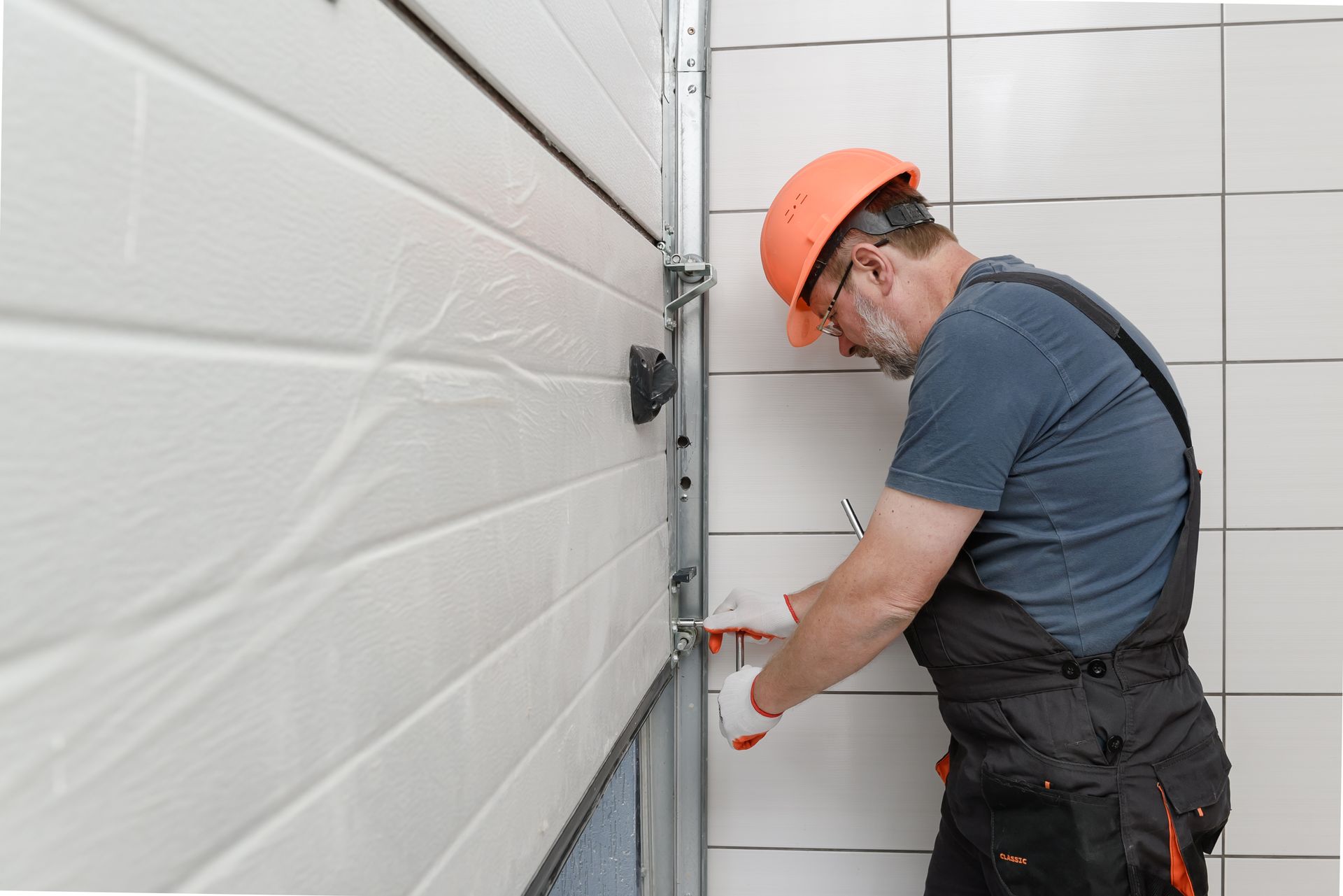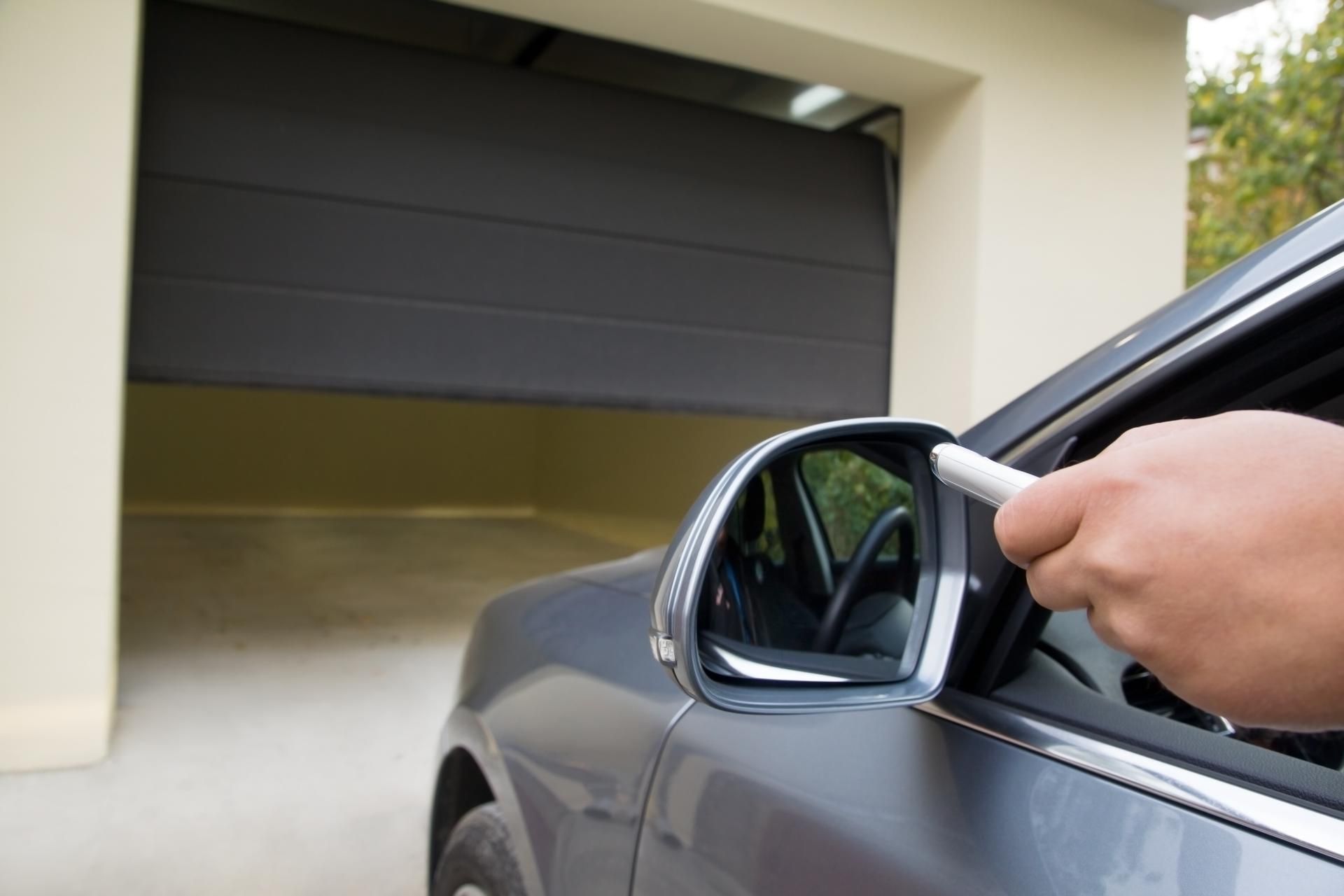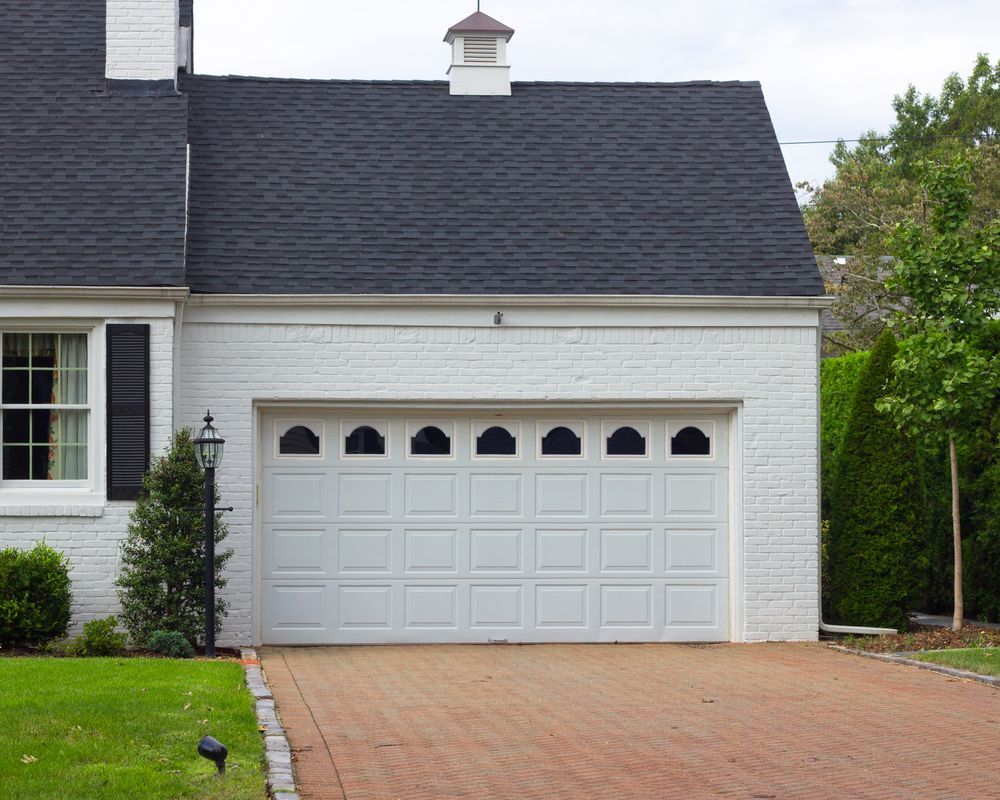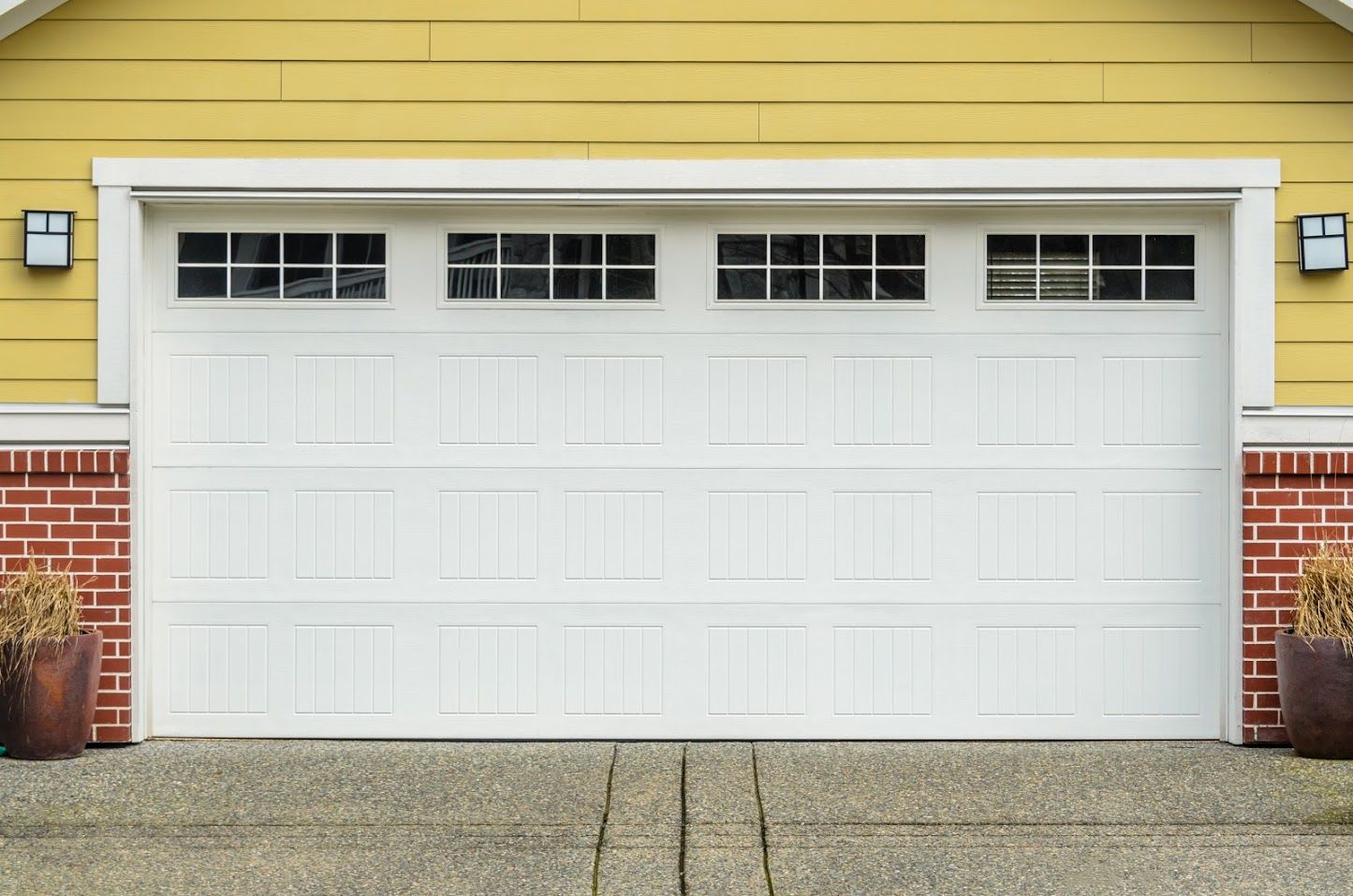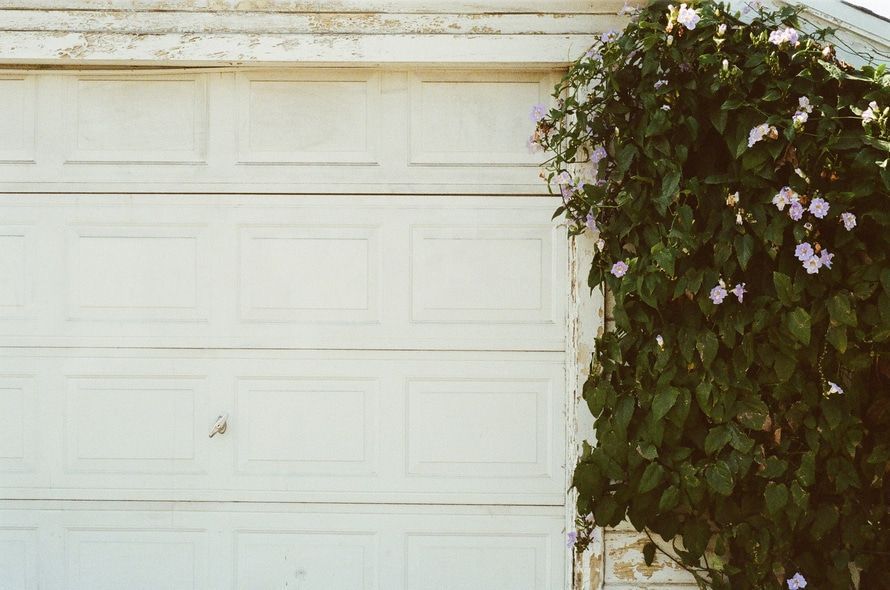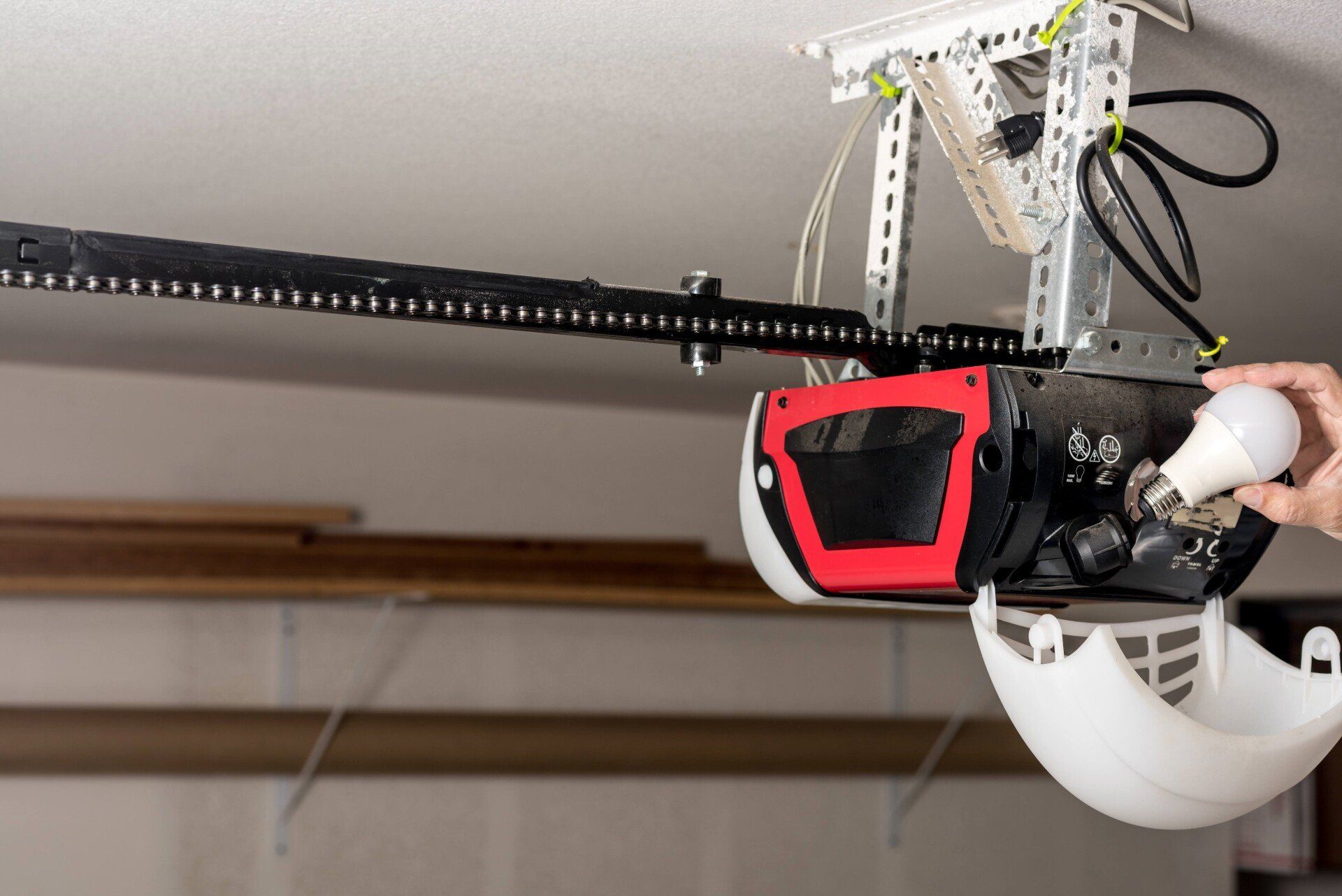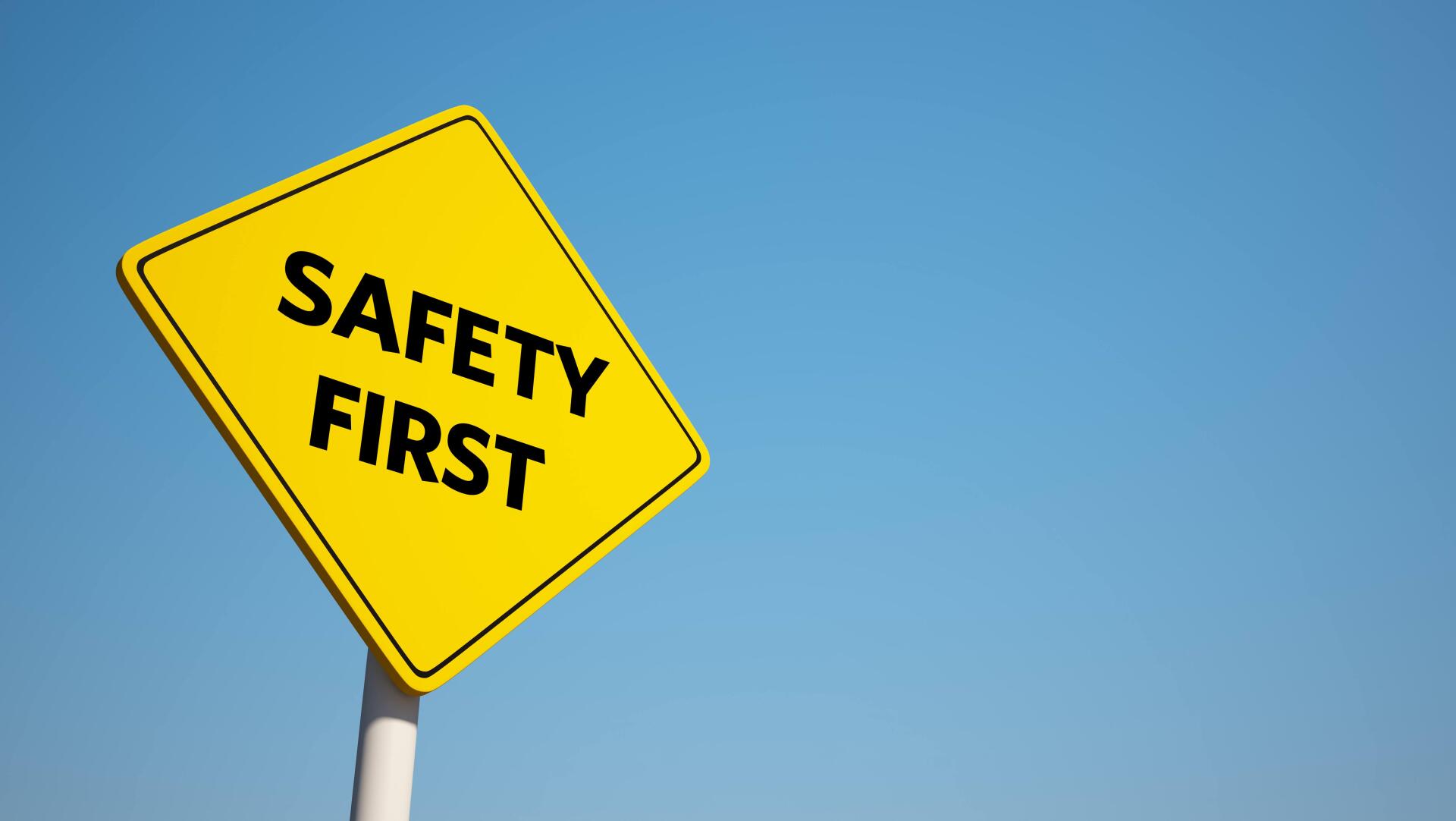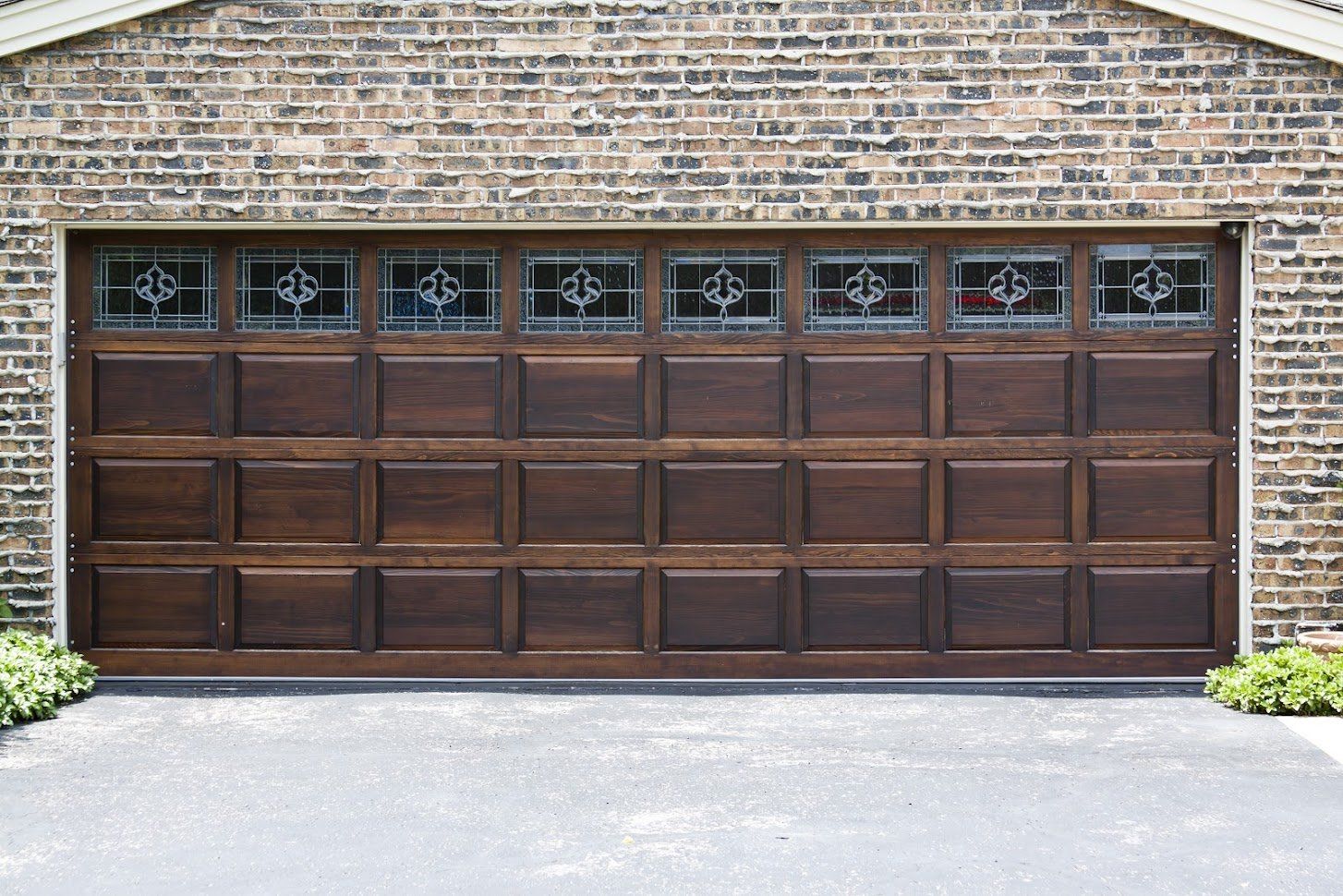6 Signs You Should Replace Your Garage Door Springs
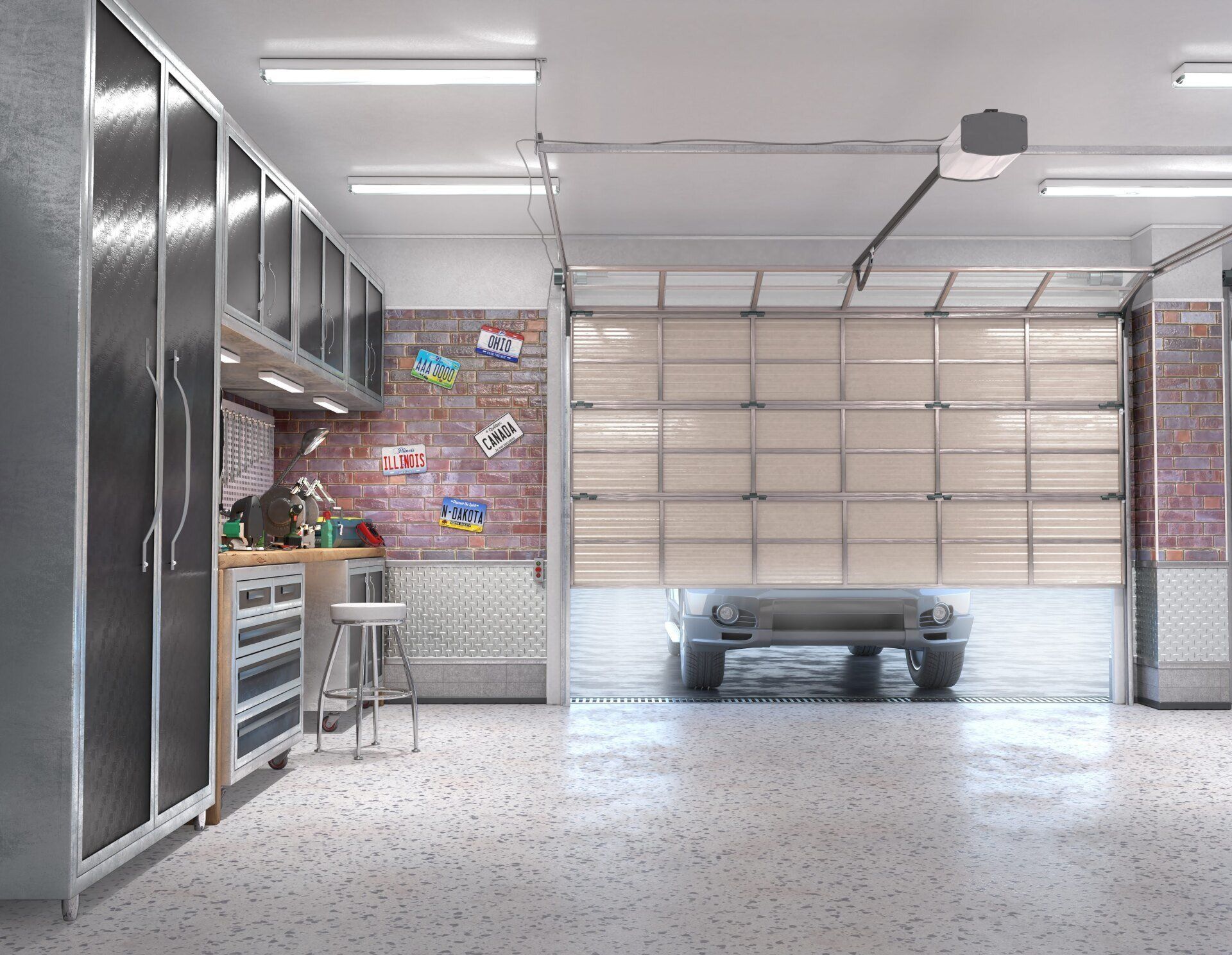
Garage door springs are all about lifting, which makes them a vital part of the garage door. The springs help support the weight of your garage door when it's open, which allows the door to function correctly.
The average garage door opens and closes about 1,500 times per year. This heavy lifting inevitably brings wear and tear to the garage door springs.
Flaws in your garage door springs can be hazardous to you and your family. Worn-out springs can snap and leave you with either a wrecked ceiling or a serious, potentially deadly injury.
If you notice any of the following issues, replace your springs as soon as possible.
1. Heavier Garage Door
Springs are responsible for lifting the majority of a garage door's weight. Over time, the springs stretch, wear out, and could break. A broken spring cannot balance the weight appropriately, and the door becomes dead weight. If you find yourself struggling to raise the garage door open, or if it feels heavier than usual, your springs may be on their way out.
Trying to hoist the garage door with a damaged spring could result in a severe injury or damage to property.
2. Loose Cables
Your garage door cables attach to the bottom of the door and loop around a cable drum like a spool of thread. The cables allow your garage door to open and close safely by keeping both torsion and extension springs under tension.
The cables should always be taut and pulled evenly on either side. Garage door cables stay in place through the pressure from the tightly wound springs. A loose cable could mean you have a broken or worn-out spring.
3. Loud or Screeching Noise
A smooth-operating garage door will have minimal noise associated with it. However, garage springs wear from daily use over time and will begin to cause friction every time the door moves.
Friction causes the springs to lose tension and causes loud noises when you operate the door. Some of the noises you may notice include squeaks and grinding sounds. Note, however, that the squeaking could also result from rust or a lack of oil on the springs.
4. Crooked Garage Door
Both sides of the garage door should move up and down evenly when the door is opening or closing. Garage doors that sag or hang at an angle on one side when they open and close could be a result of broken or worn springs.
A broken spring can no longer support the weight of your garage door. The weight imbalance can make your garage door lift crookedly.
5. Noticeable Spring Gap
A gap in your garage door spring on either side can indicate trouble with this vital component. A garage door spring that malfunctions unwinds over time to leave a noticeable gap in the center of the spring. The spring gap may extend about an inch or two, sometimes even more. Normally, gaps indicate spring compression that is pulling metal away from the spring.
Inexperienced homeowners shouldn't attempt to fix the gap themselves, as they could end up causing further damage.
6. Slow Moving Door
Typically, garage doors have motors that open the door slowly at first and then increase speed as the door opens. If the spring breaks, the heavy garage door will slow the motor, which results in a languid opening all the way through.
Garage door springs can give you years of service if you observe proper maintenance. Therefore, have your garage door springs inspected by a professional once a year. Inspection will ensure you are on top of any problems before they become huge issues that require an overhaul of the entire unit.
When you experience garage door issues, contact us at Overhead Doors Unlimited, LLC, today for professional repair or replacement services.



